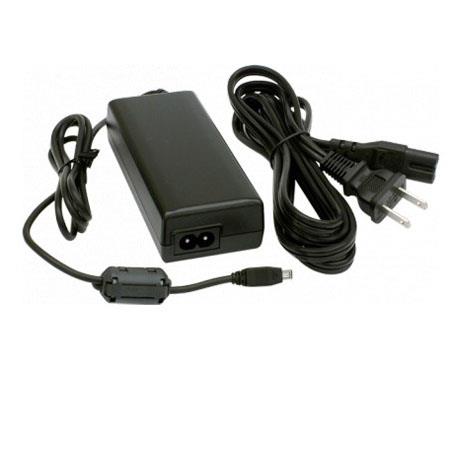Hi,
Here is how I made my adapter...
What I wanted:
A 12V to 8.4V that I could connect...
- Directly on a car battery
- On a smaller battery (carried in backpack)
- In a car, on a cigarette lighter plug
- To a 220V (or 110V) to 12V transformer.
What I needed:
- Adjustable
voltage regulator from Dimension Engineering, 25$
- A
MQ172-3SA-CV(50) connector, 3$
- DC connectors 5.5x2.1mm (
male,
female). 6$ per pair
-
Speaker cable (price depends on length used)
There are only 3 pins on the regulator, making easy to mount it. If you don't want to solder it, you can use a
breakout board.

On the GND pin, 2 wires will connect. One from the power supply ( (-) on battery), one to the connector on the camera side.
Vin connects to the battery (+) or 12V transformer
Vout connects to the connector on camera side
On the battery side, I soldered some DC connectors, in order to be able to use it in all kinds of combinations. However it is not absolutely necessary to put DC connectors on the cables if you plan on using this in 1 unique configuration.
The tricky part is actually to solder the cable to the connector on the camera side. The contacts are not very large, and are close to each other. It is not technically difficult, but it is important to make sure that there is no solder bridge between the contacts. Fortunately, we use 2 contacts out of 3, the middle one remains unconnected, that makes it a bit easier.
I put some heat-shrink around the contacts after soldering them, but some electrical tape can be used.
Since the voltage converter is put in-line with the cables, I chose to tape the wires to it, in order to prevent too much stress on the connections. Any tension will be taken by the wires in that case.
The finished "product" looks like the picture below.


Before connecting the adapter to the camera,the voltage needs to be adjusted to 8.4V. This can be done by turning a potentiometer with a small (flat) screwdriver and checking the voltage value with a multimeter.
I must emphasize that even though that might seem a bit technical to some, it really is simple. Really. I managed to do it, believe me, that's proof enough... ;-)
I have not found the spare connectors and converter yet (moving house) so I have not had the opportunity to take more detailed pictures, but I will try and do that ASAP.
I hope this helps...







 Similar Threads
Similar Threads 























